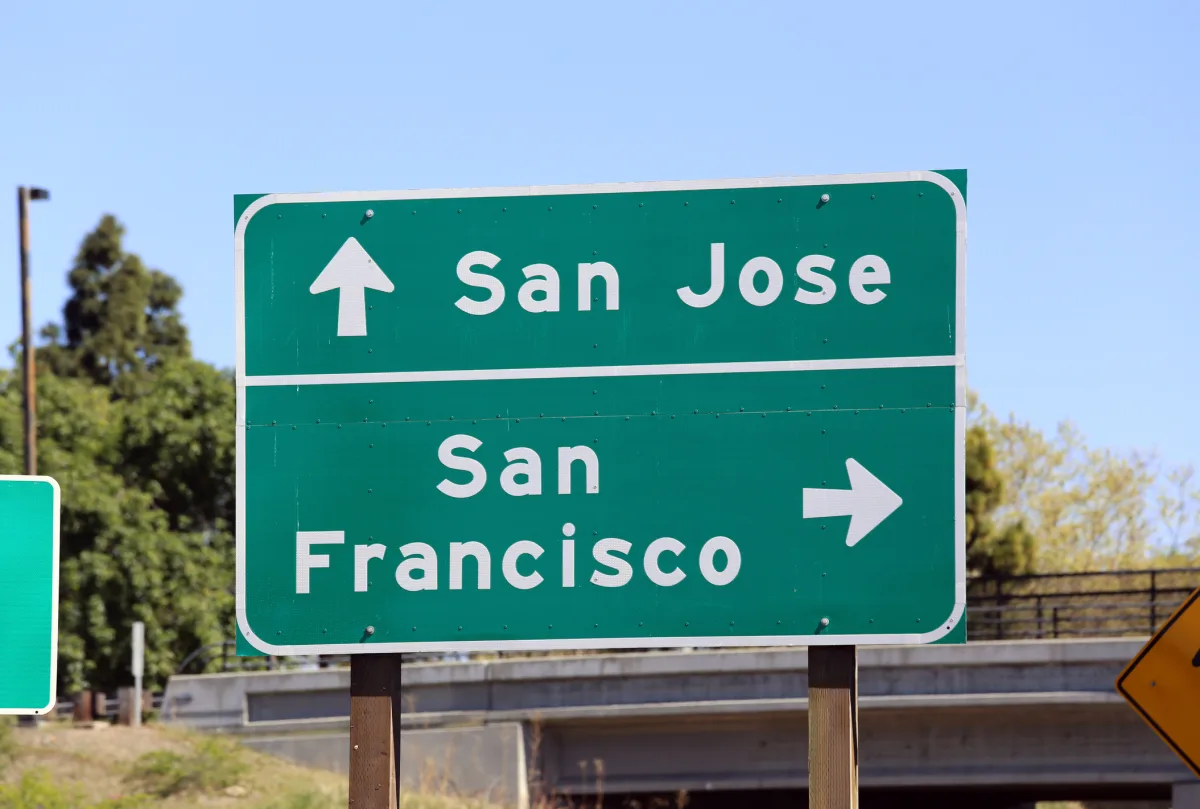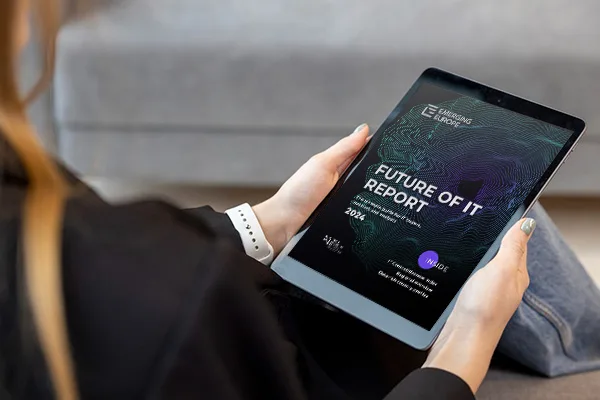The race to build the next great technology hub has become the economic development obsession of our time. From Nairobi’s ‘Silicon Savannah’ to Bangalore’s ‘Silicon Valley of India’, every city with ambition and a decent internet connection fancies itself the next San Francisco.
For all the breathless proclamations and ribbon-cutting ceremonies, however, most efforts stumble on a fundamental misunderstanding: successful IT ecosystems aren’t built by copying others—they’re crafted by understanding what works, then adapting it to local strengths.
The evidence is mounting that specialisation, not imitation, offers the surest path to digital prosperity. Lithuania has carved out a dominant position in fintech. Singapore has become the undisputed leader in smart city technologies. Israel’s defence industry spawned a cybersecurity powerhouse that attracts billions of euros in investment.
Each succeeded not by becoming another Silicon Valley, but by becoming the first and best version of something uniquely their own.
The talent equation
The foundation of any thriving ecosystem remains maddeningly simple: people who can build, scale, and imagine digital futures. Yet talent development has become far more sophisticated than the coding bootcamps that dominated headlines a decade ago.
Cross-skilling (47 per cent) and upskilling (43 per cent) are now key strategies for technical talent management, according to the Linux Foundation’s 2024 analysis. The most successful ecosystems don’t simply import talent—they cultivate it domestically whilst creating magnetic conditions for global expertise.
In Estonia, the percentage of the workforce involved in ICT increased from 4.5 per cent in 2018 to 5.4 per cent in 2022, demonstrating how sustained investment compounds over time.
Singapore’s approach offers another blueprint. The government’s Smart Nation initiative demonstrates how nations can harness technology for public good whilst simultaneously creating a talent pipeline that serves private sector innovation. The key insight: successful ecosystems train people to think digitally first, then teach them to code.
Infrastructure as destiny
Modern IT ecosystems require more than fibre optic cables—they need digital public infrastructure (DPI) that creates possibilities rather than merely providing connectivity. DPI, as defined by the G20, represents “a set of shared digital systems that are secure and interoperable, built on open technologies, to deliver equitable access to public and/or private services at a societal scale”.
Estonia exemplifies this approach. By 1997, 97 per cent of Estonian schools had internet connections, and most banks offered online services—a foundation that enabled today’s digital leadership.
But infrastructure thinking has evolved beyond basic connectivity. Innovation ecosystems must develop a backbone across four key areas: idea generation and research and development, commercialisation, start-up development, and growth.
India’s Unified Payments Interface (UPI) demonstrates how thoughtful infrastructure design can transform entire economies. By creating a universal payments backbone, India enabled millions of small businesses to participate in the digital economy—a lesson that developing economies ignore at their peril.
Government as catalyst, not controller
The most successful digital transformations share a common characteristic: governments that enable rather than direct innovation. Israel’s approach illustrates this principle perfectly. Often called the ‘Start-up Nation’, Israel’s government actively supports innovation through research and development investments whilst avoiding the temptation to pick winners.
Estonia’s digital governance offers perhaps the clearest template. All public services are available online 24/7, saving over 1,400 years of working time annually. This efficiency creates a virtuous cycle: businesses save time and money, which they reinvest in innovation. The X-Road platform exemplifies secure-by-design thinking that enables private sector innovation requiring high levels of trust.
Digital identity systems prove particularly crucial. By solving the foundational problem of secure digital identity, governments unleash private sector innovation across finance, healthcare, and commerce.
Kenya’s success with mobile money through M-Pesa demonstrates how solving one infrastructure challenge can transform an entire economy.
The specialisation advantage
Not every nation can host the next Google or Facebook—but that misses the point entirely. The global start-up ecosystem increasingly rewards depth over breadth, expertise over ambition.
Lithuania’s fintech dominance didn’t happen by accident. The country leveraged its position within the European Union’s regulatory framework, its talent in financial services, and its geographic advantages to become a payments processing powerhouse. Today, Lithuanian fintech companies process transactions worth more than the country’s entire GDP.
Rwanda’s focus on becoming Africa’s technology hub demonstrates similar strategic thinking. By positioning itself as a technology-friendly regulatory environment with strong governance, Rwanda attracts investment and talent disproportionate to its size. The country’s digital transformation strategy focuses on becoming a regional centre for technology services rather than competing globally across all sectors.
Denmark’s cleantech specialisation offers another model. By building on existing strengths in wind energy and environmental technology, Denmark has become a global centre for climate technology innovation—attracting investment and talent from companies seeking expertise in sustainable solutions.
The ecosystem orchestration challenge
Building innovation ecosystems requires diverse stakeholders—developers, education institutions, private companies, and governments—working together to generate ideas, solve problems, and create something greater than the sum of their parts.
Singapore’s success stems partly from its ability to orchestrate these relationships. The government doesn’t just fund research; it creates conditions for universities, corporations, and start-ups to collaborate effectively.
This orchestration extends to international partnerships—Singapore has become a preferred destination for multinational corporations seeking an Asian technology hub precisely because it makes collaboration easier, not because it’s the cheapest option.
The Central and Eastern European experience, as our own research confirms, illustrates this transformation. The region has broadly shed its reputation as a ‘low-cost’ destination, instead becoming a hub of creativity and high-value production. Cost is no longer king in business decisions—partners and investors are drawn to talent quality, service excellence, and long-term value.
The security imperative
Cybersecurity has evolved from an afterthought to a competitive advantage. Estonia’s blockchain-based KSI system ensures that networks, systems, and data remain secure, decentralised, and private—creating trust that enables innovation rather than constraining it.
This secure-by-design philosophy extends beyond government services. When businesses trust the digital infrastructure, they’re more likely to invest in digital innovation. Israel’s cybersecurity expertise, born from defence industry needs, has become a major export industry attracting billions in global investment.
Of the 20 fastest-growing economies in 2024, nine are African countries. These rapidly expanding economies face a choice: follow the incremental digitalisation path of their predecessors, or leapfrog directly to modern digital ecosystems.
The evidence suggests leapfrogging pays dividends. Countries that establish world-class IT ecosystems position themselves to capture high-value economic activities from the outset.
Vietnam’s focus on becoming a manufacturing hub for technology companies demonstrates how nations can leverage their advantages—in this case, skilled labour and proximity to supply chains—to carve out profitable niches in the global technology economy.
Blueprint for tomorrow
Success in the digital economy requires neither vast resources nor Silicon Valley’s blessing. It demands clear thinking about competitive advantages, sustained investment in the fundamentals, and the patience to build ecosystem effects over decades rather than quarters.
The template exists: identify strengths, invest in talent and infrastructure, create enabling governance, foster collaboration, and maintain security. Whether a city (or region, or country) is building the next fintech capital or the world’s leading cleantech hub, these principles remain constant.
The digital revolution rewards the prepared and the focused, not necessarily the wealthy or the largest. For developing economies willing to think strategically about their digital futures, the opportunities have never been greater. The question isn’t whether or not to build the next Silicon Valley—it’s whether something can be built that is better suited to unique strengths and circumstances.
The blueprint is there. The question is whether cities have the vision to follow it.
Photo: Dreamstime.








